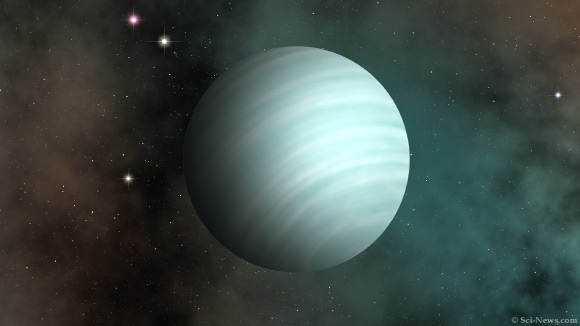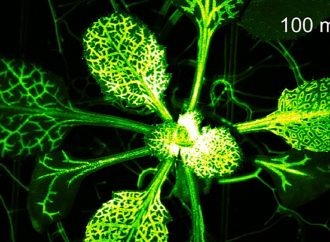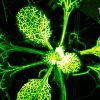Jupiter, Saturn and numerous giant exoplanets discovered to date consist mostly of hydrogen and helium. In 1977, planetary scientists predicted the existence of helium rain layer inside such planets. However, achieving the experimental conditions necessary to validate this hypothesis hasn’t been possible — until now.
Source: Sci News
“We discovered that helium rain is real, and can occur both in Jupiter and Saturn,” said Dr. Marius Millot, a physicist at Lawrence Livermore National Laboratory.
“This is important to help planetary scientists decipher how these planets formed and evolved, which is critical to understanding how the Solar System formed.”
“Jupiter is especially interesting because it’s thought to have helped protect the inner-planet region where Earth formed. We may be here because of Jupiter,” added University of California, Berkeley’s Professor Raymond Jeanloz.
In their experiments, the researchers used diamond anvil cells to compress a mixture of hydrogen and helium to 4 GPa.
They then used 12 giant beams of the Omega Laser Facility in the University of Rochester’s Laboratory for Laser Energetics to launch strong shock waves to further compress the sample to final pressures of 60-180 GPa and heat it to several thousand degrees.
“Coupling static compression and laser-driven shocks is key to allow us to reach the conditions comparable to the interior of Jupiter and Saturn, but it is very challenging,” Dr. Millot said.
“We really had to work on the technique to obtain convincing evidence. It took many years and lots of creativity from the team.”
Using a series of ultrafast diagnostic tools, the scientists measured the shock velocity, the optical reflectivity of the shock-compressed sample and its thermal emission.
They found that the reflectivity of the sample did not increase smoothly with increasing shock pressure.
Instead, they found discontinuities in the observed reflectivity signal, which indicate that the electrical conductivity of the sample was changing abruptly, a signature of the helium and hydrogen mixture separating.
“Our experiments reveal experimental evidence for a long-standing prediction: there is a range of pressures and temperatures at which this mixture becomes unstable and demixes,” Dr. Millot said.
“This transition occurs at pressure and temperature conditions close to that needed to transform hydrogen into a metallic fluid, and the intuitive picture is that the hydrogen metallization triggers the demixing.”
The team now plans to refine the measurement and extend it to other compositions in the continued pursuit of improving our understanding of materials at extreme conditions.
The findings were published in the journal Nature.
Source: Sci News

































Leave a Comment
You must be logged in to post a comment.